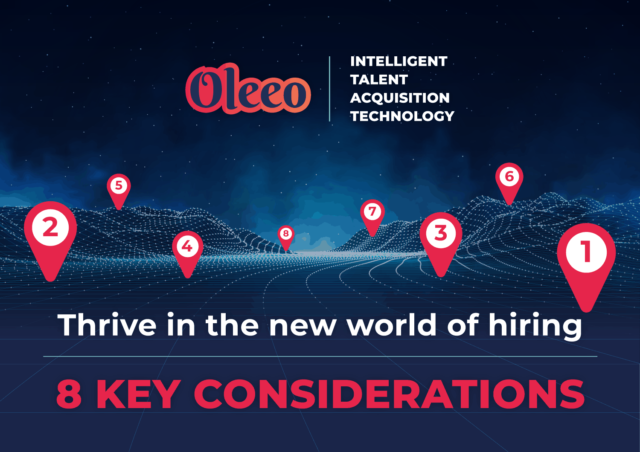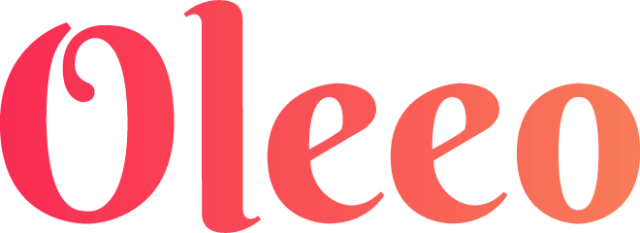When Application Volumes Are High, Candidate Experience Is Paramount

One of the big standouts From My Research With Oleeo is the sheer volume of applications its clients receive, which have doubled over the last two years. Some investigation into this shows that candidate are applying for more companies than ever before, with the celebrated “purpose” having less impact than we might think, because candidate experience are applying across a range of industries.
The first challenge this raises is how we cope with High Volume Hiring if this trend continues. The candidate experience are behaving in ways contrary to common thinking.
Employer brand is having less impact on determining whether to apply to a company or not. It doesn’t look like potential candidates are “shopping” like consumers, comparing one brand to another and limiting applications. Tracking from websites shows they are not paying too much attention to the brand content before hitting apply and starting the process. There is little evidence of consuming content, looking at review sites or conducting hours of research. What we are seeing is a concentration of attention on the job pages to determine suitability before hitting apply.
This digital footprint of career site visitors (we can track page views, linger time and bounce rate) suggests that candidates are making decisions on proceeding from the job based on criteria like location, salary and minimum requirements. We can consider this the emergence of “job brand” over “Employer Brand” at apply stage. What is clear is the need for single job landing pages that clearly show job titles, salary, location and disqualifiers.
The answer as to what drives this behaviour perhaps lies in the expectation that the likelihood of hearing back or anything happening is limited. This is illustrated by the fact that the candidate experience awards, operated in EMEA, APAC and North America, has identified the candidate black hole as the number one complaint from candidate experience for each of the 9 years they have conducted research in this area.
Its 2018 report comments: “Over the past nine years, Talent Board has identified some clear competitive differences between CandE Award winners (the top-ranked benchmark companies big and small across industries) and all other participating companies. CandE Award winners are shown to:
» Consistently acknowledge initial job seeker interest and provide definitive closure when no longer pursuing candidates
» Deliver consistent candidate communication from pre-application to on-boarding.”
The point on definitive closure seems to be a consistent theme in all candidate experience research. The expectation being that at the end of the apply process candidates are just not going to hear back, hence the reason for not spending lots of time researching before applying.
The volumes applying only adds to this, making communication without automation almost impossible. Of the close to 9Mn applications we tracked, only 10% of candidate experience are invited to first stage screening. Interestingly this did not differ much from sector to sector. First stage screening consisted of either a first round interview, telephone screen or video interview.
If the trend for increased volumes continues, and we believe it will, organizations need to have a clear strategy for managing volume in an automated way, including screening and scheduling in the apply process. The advent of chatbots in this process has had dramatic results combining job discovery with apply and screening in one action.
The volume of applicants also gives a clear indicator that organisations either will, or have reached what we have called the “Talent tipping Point.” The talent tipping point is a notional number of contacts in the ATS Software from previous applications, at which point an organisation is connected with enough people to fulfill their future hiring requirements.
The challenges here are twofold:
- Organising the people data for data retrieval over data storage. This means including all “people” within a Recruitment CRM environment. (Contact relationship manager.) People data includes previous applicants, employees (successful applicants), former employees (alumni) and connections such as those people who have signed up for a talent network but have not yet applied.
- Retaining relationships with people when they are outside of a direct hiring funnel. A CV or Resume becomes a historical data set passed the day it is submitted. In this research, of the 8Mn+ applicants only 15,873 applicants emerging at the bottom of the hiring funnel, 0.56% of all applicants. The highest percentage of hires was 6.5% for a high street organisation, but most organisations ran at less than 2%.
When we look at a CV as a data document, rather than a job application accurate data mining enables us to properly understand people data for queries such as:
> Locations
> Education
> Skills
> Experience
> Diversity
> Lengths of service
> Employers
> Historical Experience
> Successful profiles
> Source of application
> Source of hire
By understanding the groups of people who are successful in the application process we can check for diversity (to make sure we are reaching a diverse group of applicants with our Diversity Recruiting Platforms, making adjustments where necessary), and move from macro targeting (to as wide an audience as possible, to micro targeting to a more precise audience. When we consider that between 94 and 99.5% of the applicants were unsuccessful in their application for employment, organisations need to look at targeting and message, with the objective of reducing the volumes significantly whilst improving the conversion ratios from apply to hired.
In particular applicants are using four criteria to determine whether to hit apply or opt out: (Taken from dwell time and other actions on job pages before hitting apply.)
> Location
> Job Title
> Salary
> Disqualifiers
Disqualifiers are the minimum requirements needed to successfully progress in the hiring funnel. We have built these in to screening post-apply, which results in the huge rejection rate between apply and first action, and clearly needs some attention. Organisations need to consider how they communicate factors that lead to disqualifiers in job ads, content and job landing pages to reduce these high volumes . Where video was used as a screening tool (the first action in the hiring funnel), we witnessed the highest rejection rate, compared with telephone screen.
The Oleeo view: “Whether it’s time delays, poor communication with applicants, or a bad online user experience, recruiters and employers risk losing qualified candidate experience. As candidates are left in the dark, they consider other offers. Remember, these applicants are constantly online and expect interactions and information. In the absence of communication throughout the hiring process and comprehensive pre-screening to filter candidates faster, they’ll seek it out with other employers. Losing out on a qualified recruit could mean months, if not years, of work have gone to waste and the search for other qualified candidates must start over — but now with a picked-over talent pool.”



